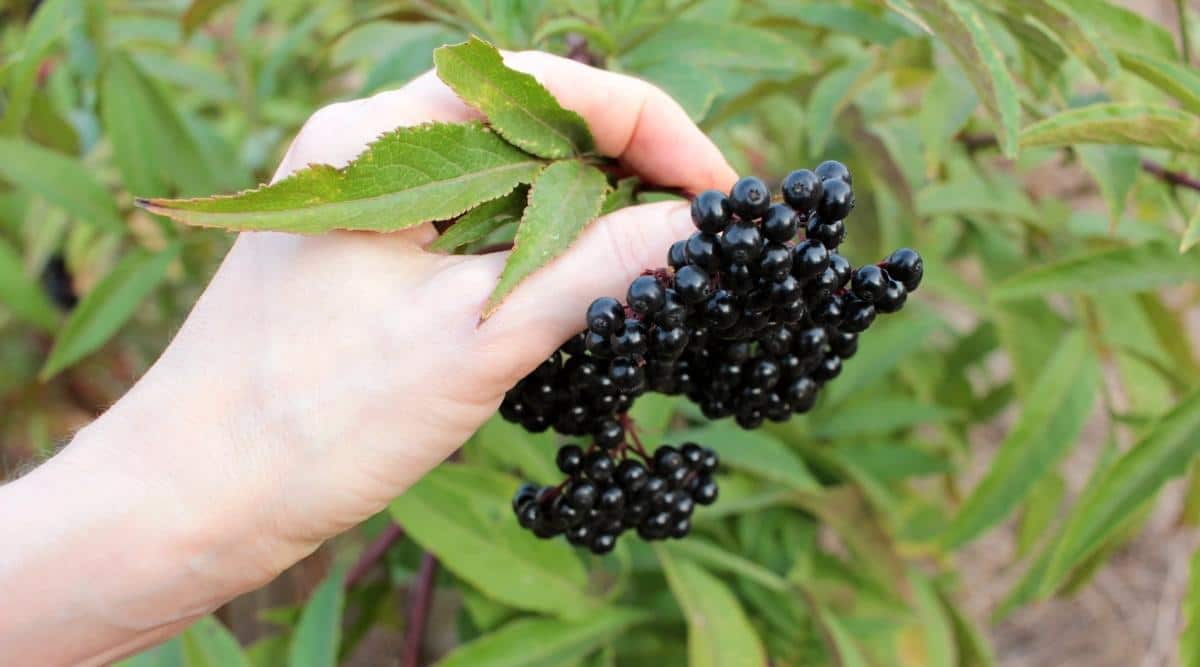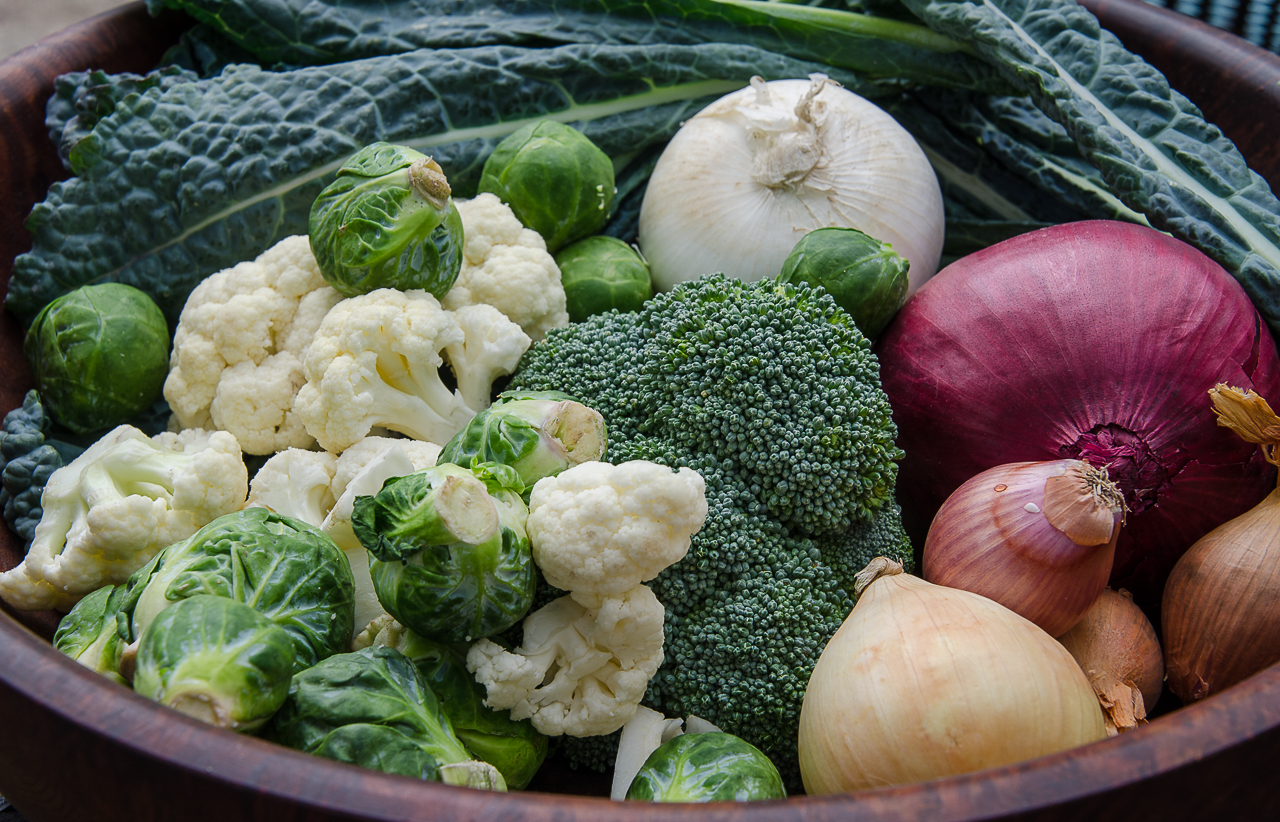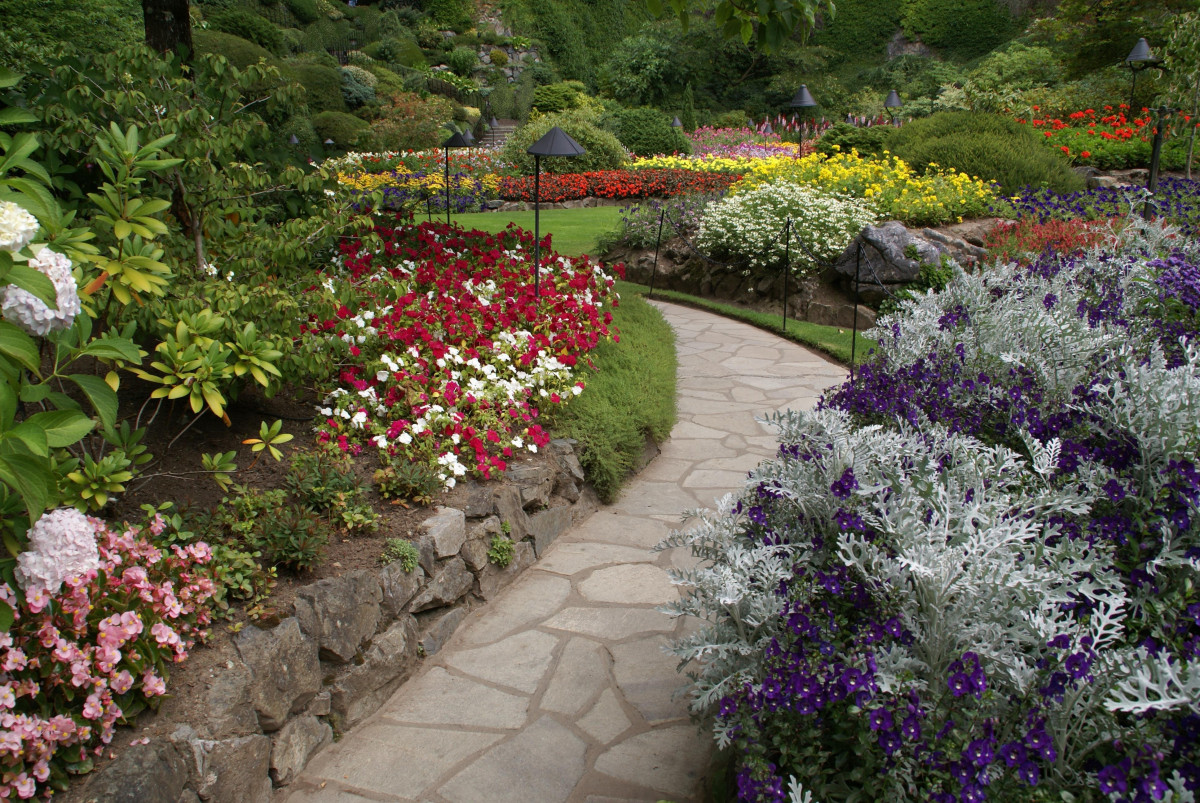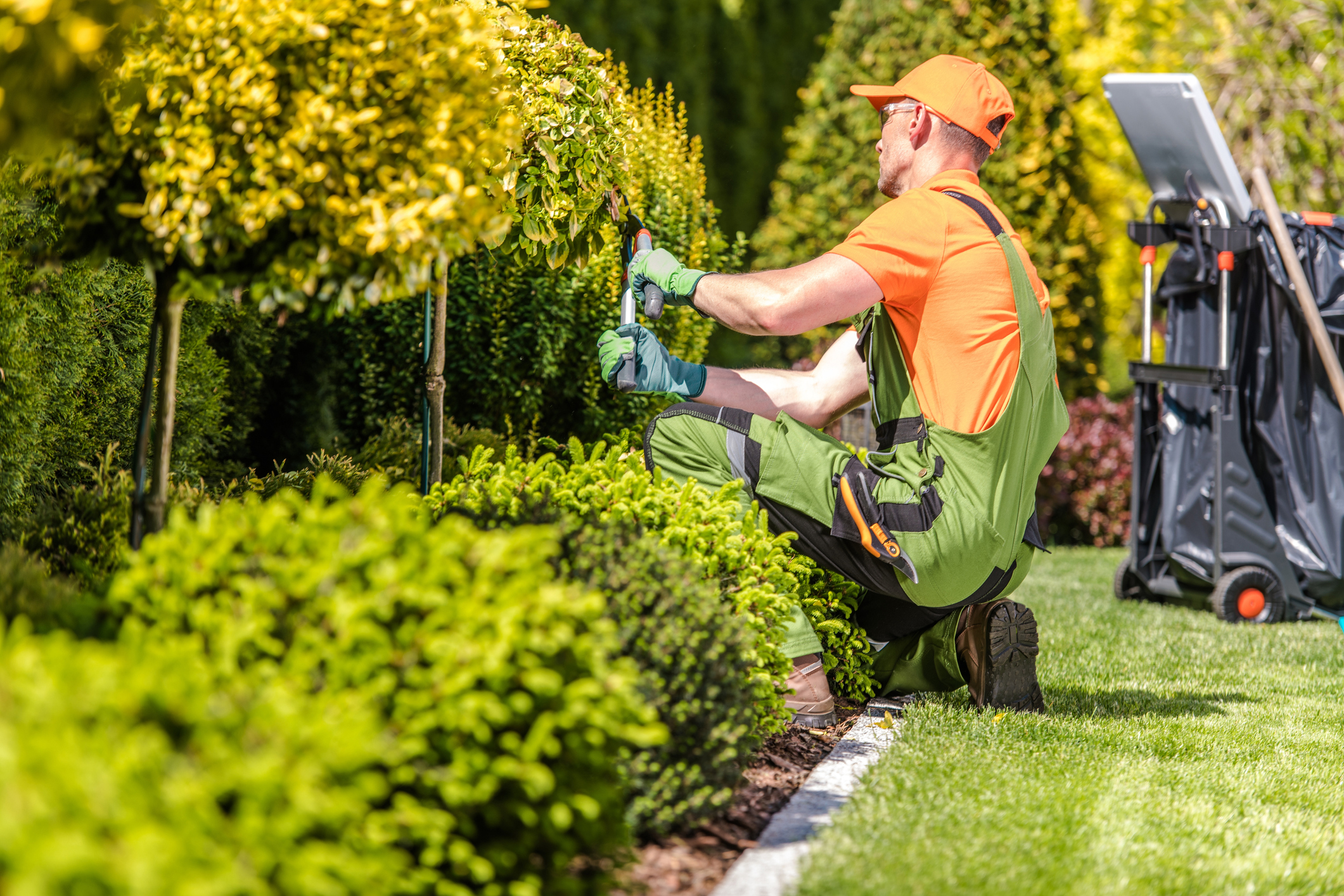The fragrant elderberry is widely used both as an ornamental plant and for its useful parts, which we are perhaps more accustomed to encountering in the form of juice or brandy. But there are also jellies and liqueurs made from elderberries, which are usually picked in the fall. Interested in learning how to grow them? That’s exactly the tips we are going to give you below. Keep reading!
Planting Elderberries
For those of you who want to start planting elderberries in the garden, there are a few good guidelines to know in order for your elderberry to thrive and grow the best. While it grows well and can grow in most types of soil, it prefers a slightly more acidic soil rich in nutrients and humus. It also likes to be placed in a position in direct sunlight where it gets plenty of light, although it also does well in partial shade. It may vary slightly depending on the variety you buy.
Elderberry can be propagated with seeds that you sow in the fall, at least in the case of pure varieties. Otherwise, cuttings give the best chance of success, and planting should take place in March – April.
Planting Cuttings in a Pot Indoors

- – If you need to take a cutting, it should be done in the fall. Then take a piece of branch with a dormant bud on it, and plant it indoors in a pot with sandy soil and good drainage.
- – Let it grow indoors over the winter before planting it in the spring.
Planting a Finished Plant
- – For those of you who bought a ready-made plant, that is, grown in a pot, like most elderberry plants, it can be planted throughout the season.
- – Dig a pit in the location you have chosen for your elderberry, and place your plant in it. If you don’t already have soil rich in nutrients and humus, you can usefully add more once you have planted the plant. You can also fertilize a little more with a nitrogen-rich fertilizer directly at planting.
- – Water thoroughly as soon as you finish planting, then try to keep your elderberry planting evenly moist throughout the growing season.
- – During the summer, you should avoid fertilizing your elderberry.
Care and Pruning of Elderberry Bushes
- – Prune your elderberry bushes at a young age to create the conditions for a good basic shape. This is best done in the spring-winter, and then remember to prune very sparingly. If you prefer the bush to be driven to a tree, you should only keep one or a few trunks. If you have one of the varieties of yellow-leaved elder, you can prune a little more, and be sure to remove about a third of the oldest branches each year – so that it retains its strong coloring.
- – In the spring, you can beneficially fertilize your elder with a little nitrogen-rich manure, such as chicken manure. Leave the fertilizer on during the summer.
- – Always water thoroughly directly after planting, and do not let the elderberry dry out completely between waterings.
- – Once the elder has had a few years at the crown, it is a good idea to thin it out every two years. Clear away rusty, old branches to make room for new ones, and if you really want to freshen up the bush, you can also cut it back to the hill.
Protect Elderberry from Pests
Elderberry is unfortunately easy prey for pests, so to give your elderberry bush a good life, you often have to work with some pest control. If the elderberry is too dry, it can often be affected by black aphids. It is difficult to get rid of them completely, but a spray with a strong jet of water can in any case eliminate some of them. Birds and large insects also eat the aphids, so they help in their own way. What you need to know is that the elder is rarely hurt by aphids, and it is more of a problem that we are not happy with the presence of this vermin.
Highlights of Elderberry
- Elderberry juice can be used to make elderberry juice.
- The berries should not be consumed unripe or raw.
- In the past, elderberry was considered to ensure that the good spirits of the house stayed on the farm.
- It is important not to confuse the true elderberry with the bunch elder and summer elder – which are poisonous. The inflorescences should be flat and not clustered.
- It is also called “shelf” or “shelf bush” in some parts of the country.
- Elderberry has a fast, bushy growth habit.
- It thrives and is hardy in growing zones 1 through 5.
There you are! With the tips above you should be able to easily grow your own elderberries. What else do you grow in your garden? Let us know in the comments below.



